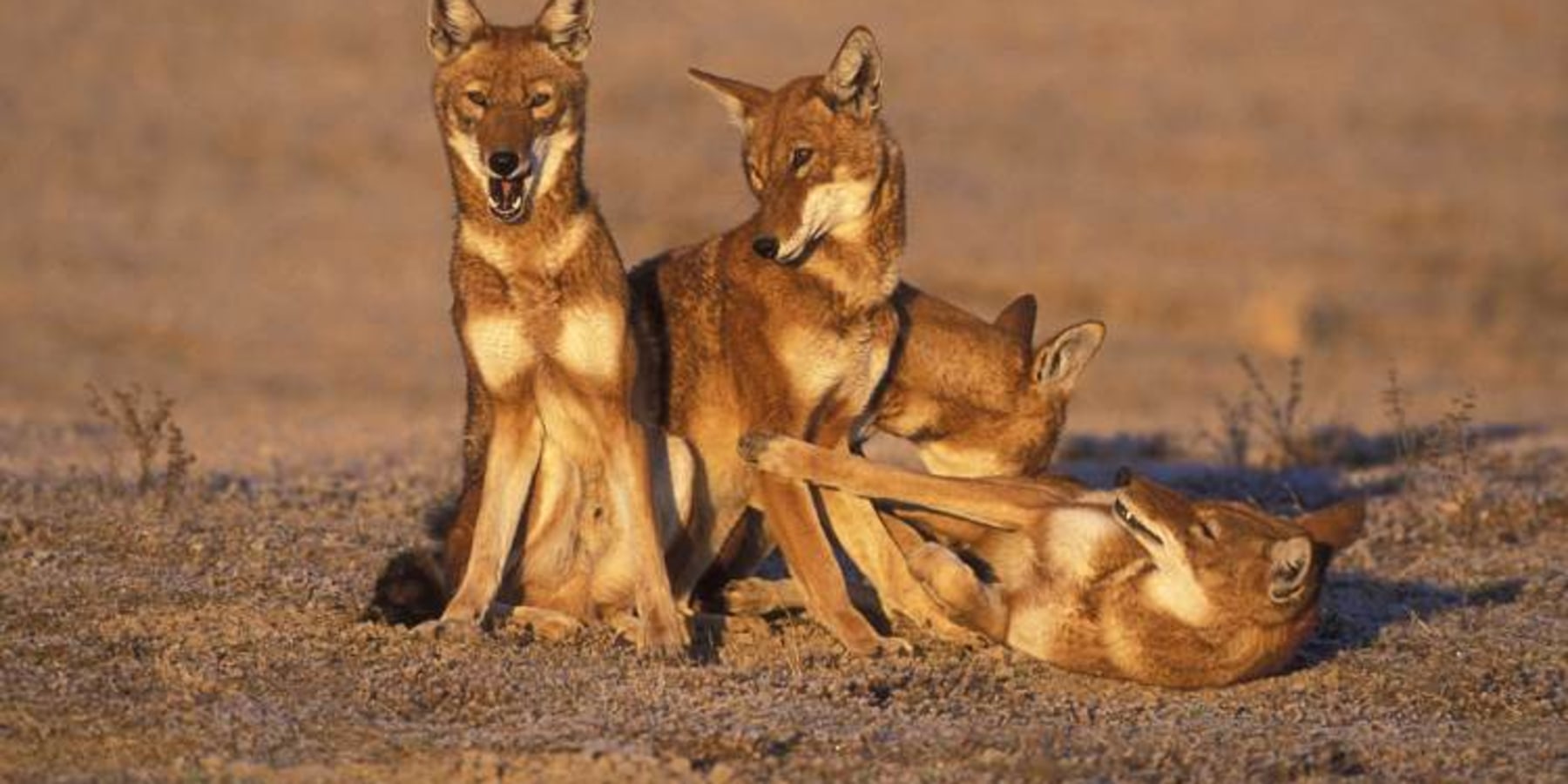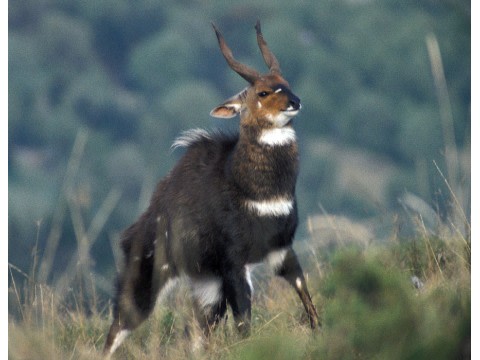
Endemic Wild Mammals of Ethiopia
Ethiopia is one of the few countries in the world, which possess unique and characteristic fauna with a high level of endemicity (World Conservation Monitoring Center (WCMC), 1991). Ethiopia is endowed with extensive and unique environmental conditions ranging from Ras Dejen (altitude 4600m) to Dallol (altitude100). This large altitudinal and latitudinal range makes Ethiopia an ecologically diverse country and home of several unique habitats. 277 Mammalian species are known in Ethiopia, of which 31 Mammals species are known to occur in Ethiopia including those that require urgent conservation action i.e. Walia Ibex (Caprawalie), Gelada Baboon (Theropithecus gelada), Mountain Nyala (Tragelaphus buxtoni), Ethiopian Wolf (Canis simensis), Starck’s Hare (Lepus starcki)…..
Below you can see the most recognized endemic mammals.
Gelada Baboon ( Theropithecus Gelada)
 The Ethiopian Highland particularly Semien massif is considered to be the finest scenery in all Africa.Geladas (Theropithecus gelada); found in the Ethiopian highlands, at altitudes of between 8,000 and 14,000 feet. They are the only primate species whose primary food source is grass - they have short, powerful fingers to help them dig down for the juicy, nutritious roots.
The Ethiopian Highland particularly Semien massif is considered to be the finest scenery in all Africa.Geladas (Theropithecus gelada); found in the Ethiopian highlands, at altitudes of between 8,000 and 14,000 feet. They are the only primate species whose primary food source is grass - they have short, powerful fingers to help them dig down for the juicy, nutritious roots.
Geladas are “shuffle-feeders” who rarely stand up when grazing, instead preferring to continuously pluck grass blades whilst shuffling from place to place on their bottoms!
Because of this, unlike other baboon females whose bottoms swell up to indicate to the males that they are ready to mate, Gelada females have distinctive, pink hourglass shaped skin patches on the chest that visibly change in appearance throughout their oestrus cycle. This allows males to tell if the females are ready to be mated, even when they are sitting down grazing! As well as deepening in colour, blister-like “vesicles” appear on the chest (and groin area) which can clearly be seen from a distance. All females of reproductive age in a group tend to have vesicles appearing simultaneously, unless they are pregnant. Gestation is usually around six months in length and although single infants are most common, twins have been seen on occasion.
Geladas use a complex mix of facial expression and vocalizations to communicate with others in the group. These can be very subtle or extremely obvious! Look out for them “mouth chattering” as a greeting to one another or flashing their pale eye-lids as a sign of annoyance.
Walia Ibex (capra walie)
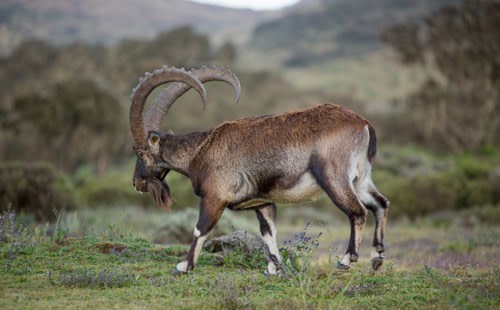
The habitat of the walia Ibex is the high semien Ethiopia`s dramatic high mountain terrain. Terrain which the walia inhabits is from 2,300 – 4,000 meters (7500- 13,5000feet) but chiefly above 2500 and below 3000 m (8,000 – 9, 500ft). The tiny remant population which remains is now confined to a range of about twenty miles of the highest and steepest bays and buttresses of the northern escarpment. They are already extinct in all other parts of their range which once starched from Byeda along the escarpment to Geech and Addis Gey.
The males and the females both have horns, but the males are more massive. Curving back in a graceful arc to the withers the sometimes attain a length of over 110 cms. The females are smaller in body and lighter in color with shorter thinner horns. They live in small parties of two to half a dozen and the big old males often live solitary except during the mating season.
Swayne`s Hartebeest (Alcelaphus buselaphus swsynei)
Amharic: Korkay
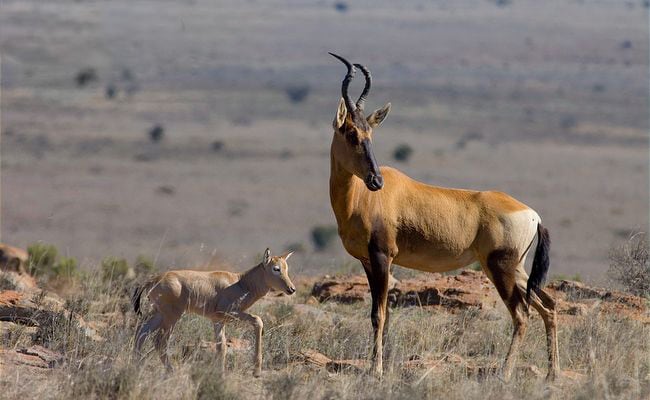
Hartebeest are almost grotesquely long faced and have high wither and sloping hindquarters. The horns, carried by both sexes, are doubly curved and mounted on a pedicle. Some authors still consider that according to the shape of the horns, which is supposed to be the most important diagnostic character, each race of hartebeest should enjoy full specific rank. However, the presence of hybrid forms has led zoologists to regard them as a sub – species, and it is now generally accepted to classify them as geographic representatives of the same species.
Mount Nyala
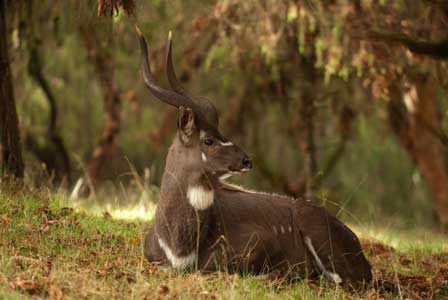
Nyala are a magnificent sight, particularly the old bulls with their fine spiraled horns. Females do not carry horns and they have rather long necks and large ears which are very conspicuous. The body colour of an old male is dark grey, with a line of long hair along the back forming a straggly mane which continues along the spine as a brown and white crest. They move in parties or small herds of about five to ten females, and although the real old bulls are solitary and not often seen, young adult males carrying quite impressive spreads of horns, can sometimes be seen with or near the herds of females.
Ethiopian Wolf (Canis simensis)
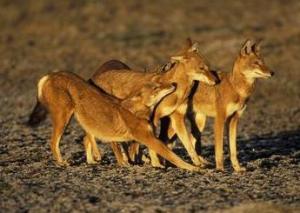
It is one of the most beautiful and spectacular members of the wolf family in the world. The habitat of the Ethiopian wolf is the Bale Mountain National park, second Highland Park area, it is less humanized, more vegetated, more wild.
Wild Ass (Equus asinus)
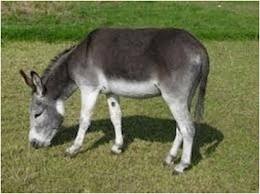
Menilik`s Bushbuk ( Tragelaphus scriptus meneliki)
Amharic: Dukula
In Bale Mountains National Park, as you climb up through the Hagenia forest with its flowering trees, and enter the zone of Giant Heath and St. John`s Wort, sunlight dapples the ground beneath your feet, lichens hang softly from every twinge and bright dark green mosses clo the the branches. Suddenly a glimpse of bright chestnut draws your attention to the female bushbuck, and usually not far away is the shining dark, almost black, male. Bushbuck are often solitary, but in Bale anyway, Menelik's is almost always seen in pairs or small family parties of female and young.

